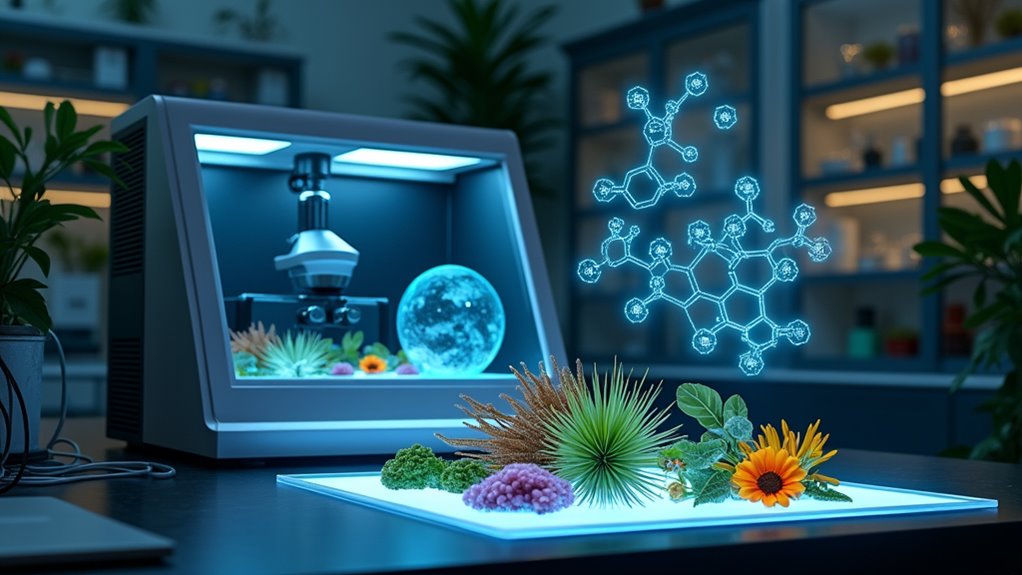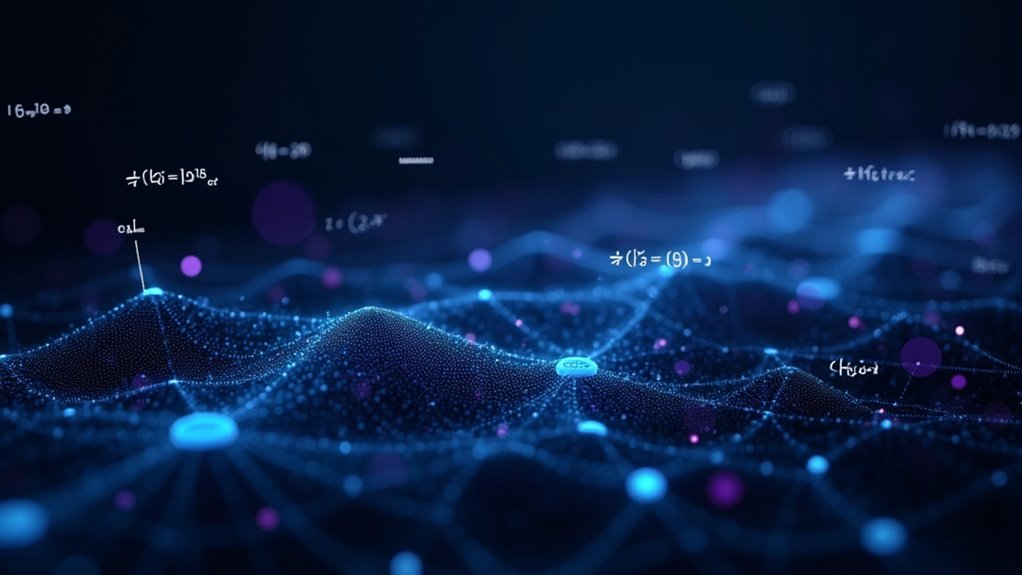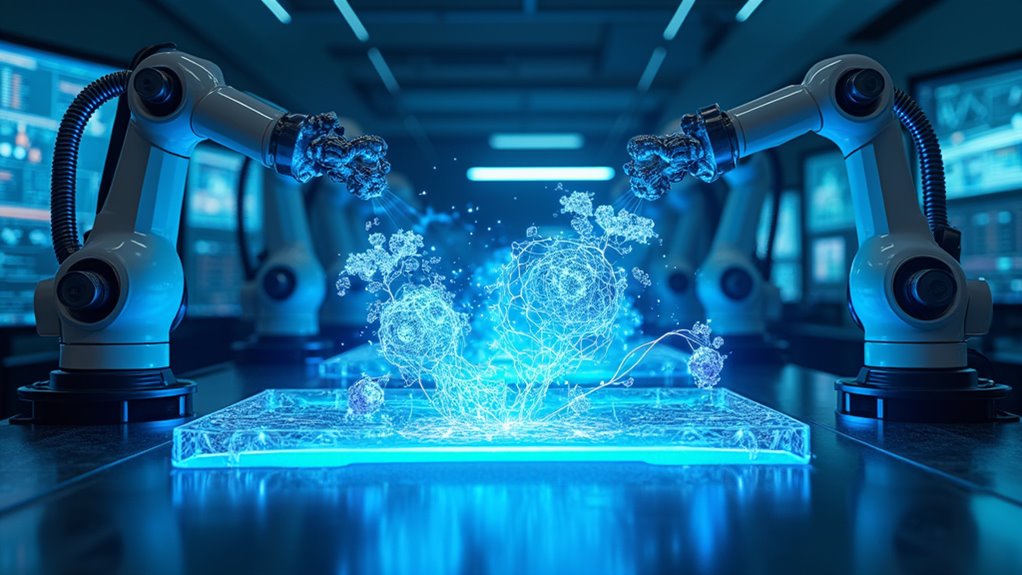AI models like DreaMS are now upstaging human scientists at finding hidden molecules in nature—no white lab coat required. DreaMS digs through millions of mass spectra at digital lightning speed, spotting rare elements like fluorine (chemists’ favorite “Where’s Waldo?”). It skips the need for full molecular blueprints, so discoveries take days, not decades. Still, data chaos and messy annotations trip things up—turns out, even AI can’t fix a scientist’s filing cabinet. Curious what else AI’s uncovering?
Let’s face it—Mother Nature’s been keeping secrets. For centuries, scientists have tried to crack her code, poking at leaves, boiling roots, and squinting at cryptic data. But now, the tables have turned. Enter AI—specifically, a machine learning model called DreaMS, recently featured in *Nature Biotechnology*.
Unlike old-school scientists who need years and too much coffee, DreaMS sifts through millions of mass spectra, picking out the molecular oddballs with a speed that’d make Sherlock Holmes jealous. It creates an interconnected network of chemical data, allowing researchers to explore unexpected similarities and links between molecules that were previously hidden. AI approaches, such as machine learning, are making it possible to predict biological activity for diverse molecular targets from enormous datasets.
Here’s the twist: DreaMS doesn’t even need to know what a molecule looks like. It learns patterns from raw data, kind of like how ChatGPT can finish your sentences (sometimes with questionable accuracy). Each molecule’s mass spectrum is its fingerprint—unique, messy, and impossible to fake. DreaMS scans these, picking up on even the sneakiest elements. Fluorine, for example, slips past most human analysts, but DreaMS spots it, which is a big deal since fluorine pops up in about 30% of today’s drugs and agrochemicals.
Why should you care? Because this AI isn’t just a show-off. It’s slashing the time and cost it takes to discover new drugs. Much like AI systems that detect early diseases in crops, this technology identifies promising compounds before problems arise. Imagine identifying promising drug candidates not in years, but days. AI can even predict which molecules might survive the clinical trial gauntlet—something Big Pharma has been throwing money at for decades.
And when it comes to natural products, AI is like Indiana Jones, unearthing hidden treasures from the world’s most complex chemical jungles.
Of course, it’s not all smooth sailing. The AI revolution hits speed bumps: messy datasets, inconsistent annotations, and the need for human experts to tidy things up. Plus, the world’s chemical libraries are a hot mess—missing standardized, machine-readable files and clear labels. Until someone Marie Kondo’s the data, progress will be slower than dial-up internet.
Still, with the right data and a bit of human-AI teamwork, discovering nature’s next miracle drug is less sci-fi, more reality. Mother Nature, your secrets are numbered.









